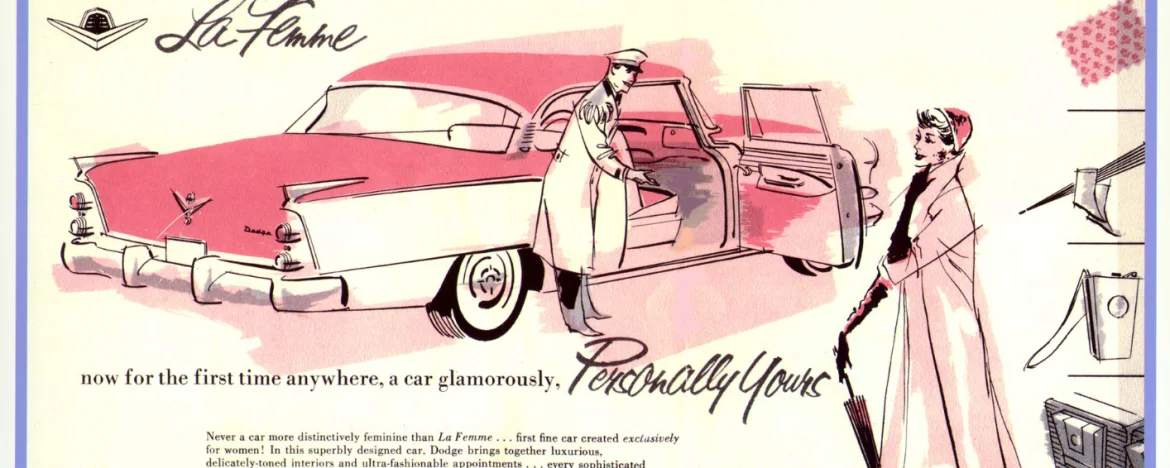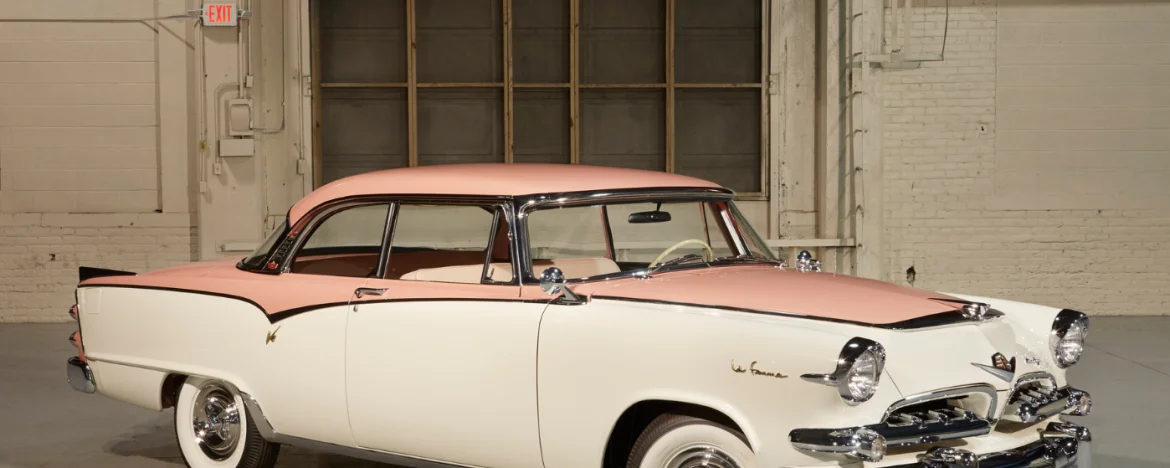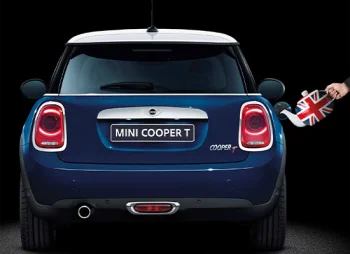Barbie owner Mattel was the first to understand what driving represents for women.
And it’s not just about pink paintwork.
Alright, you’ve got us.
The new Barbie film is basically this writer’s entire personality right now. But there’s genuinely some really interesting history behind the world’s most famous doll and her fleet of dream cars which echoes the rise of the women’s liberation movement.
It might seem strange to talk about women’s rights in the same sentence as Barbie, but bear with us – they both took the 20th century by storm during the same time period after all.
Remember that women only earned the right to vote for the first time in 1928 – that’s less than 100 years ago!
But it wasn’t until the First and Second World Wars that women as a group were able to leave the domestic sphere and take up roles that had always been traditionally filled by men. In WW2, women became mechanics, air raid wardens and – most tellingly – emergency service drivers.
Driving gave many women a sense of freedom and independence that they had never experienced before and which they struggled to retain as men returned from the warfront. This struggle continued well into the 60s and 70s with the rise of the women’s liberation movement and second-wave feminism taking the world (and the workforce) by storm.
Women had had a taste of independence in the 1940s and they were fighting against a world that had tried to push them firmly back into the domestic sphere.
Cue, the arrival of Barbie – and the invention of her eponymous Dream Car appearing on shelves everywhere.







